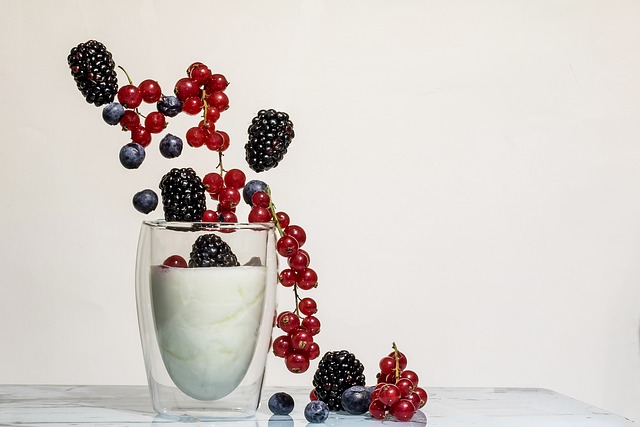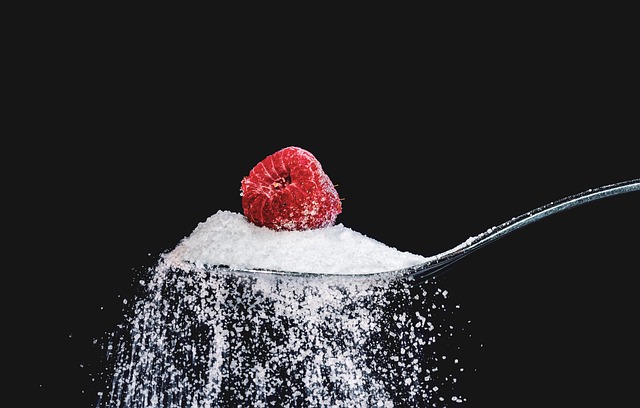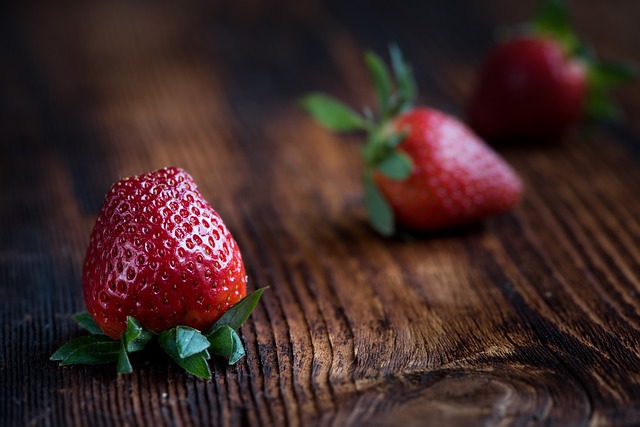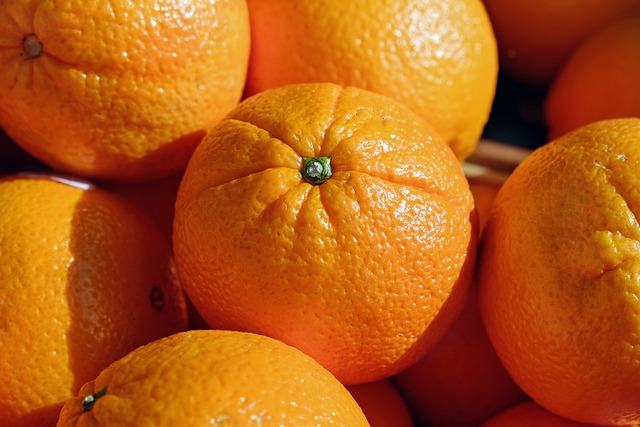Beyond Yogurt: Exploring Exciting Ways to Incorporate Probiotics into Your Diet
Probiotics are live bacteria and yeasts that are beneficial for your health, especially your digestive system. The most common source of probiotics is yogurt, but there is a wide variety of other delicious foods that can help you introduce more of these friendly bacteria into your diet.
1. Kefir
Kefir is a fermented milk drink that has a tart and tangy taste. It originated from the Caucasus Mountains and is made by adding kefir grains to cow’s or goat’s milk. Kefir is rich in probiotics, vitamins, and minerals. It can also be lactose-free, making it suitable for individuals with lactose intolerance. Enjoy a glass of kefir as a refreshing drink or incorporate it into smoothies for a tangy twist.
2. Sauerkraut
Sauerkraut is finely shredded cabbage that has been fermented by lactic acid bacteria. This traditional German side dish is not only tasty but also a great source of probiotics. Look for unpasteurized sauerkraut to ensure it contains live bacteria. You can add sauerkraut to sandwiches, salads, or use it as a flavorful topping for hot dogs or sausages.
3. Kimchi
Kimchi is a traditional Korean side dish made from fermented cabbage, radishes, and spices. It is a staple in Korean cuisine and is known for its spicy and tangy flavor. Kimchi is packed with probiotics and is also rich in vitamins A and C. Incorporate kimchi into your meals by adding it to stir-fries, rice dishes, or even as a topping for burgers or tacos.
4. Miso
Miso is a popular Japanese seasoning made by fermenting soybeans with salt and a fungus called koji. It is commonly used to make miso soup, a traditional Japanese soup known for its savory flavor. Miso is a source of probiotics that can be easily incorporated into your diet. Use miso to add depth of flavor to dressings, marinades, or even as a glaze for roasted vegetables.
5. Kombucha
Kombucha is a fermented tea that has gained popularity in recent years. It is made by adding a culture of bacteria and yeast (known as SCOBY) to sweetened tea and allowing it to ferment for a period of time. Kombucha is not only rich in probiotics but also contains antioxidants and beneficial acids. Enjoy a cold glass of kombucha as a healthy and refreshing alternative to sugary beverages.
6. Greek Yogurt
While yogurt is already well-known as a probiotic-rich food, Greek yogurt takes it to the next level. Greek yogurt is strained, resulting in a thicker and creamier texture compared to regular yogurt. It is an excellent source of protein and calcium, in addition to probiotics. Enjoy Greek yogurt as a nutritious breakfast option or use it as a creamy base for smoothies and desserts.
7. Tempeh
Tempeh is a soy-based product that originates from Indonesia. It is made by fermenting soybeans and binding them into a firm, cake-like texture. Tempeh is high in protein, probiotics, and other nutrients such as iron and calcium. It has a nutty and earthy flavor and can be used as a meat alternative in various dishes. Try marinating and grilling tempeh as a flavorful addition to salads or sandwiches.
By incorporating these diverse foods into your diet, you can go beyond yogurt and enjoy the benefits of probiotics in different forms. Experiment with these exciting options to add variety and flavor to your meals while promoting a healthy gut.







